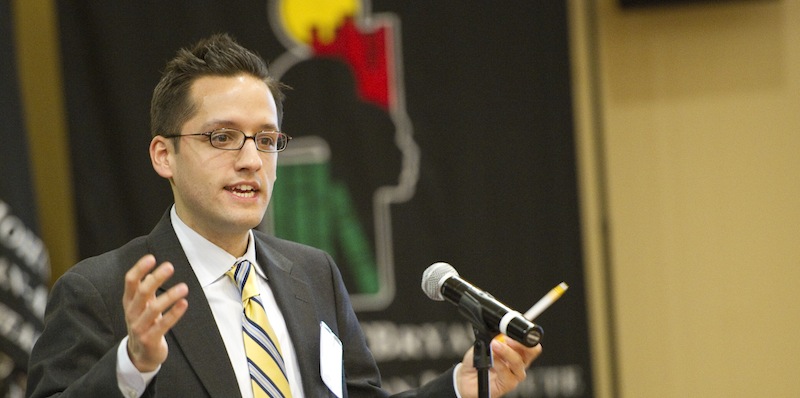3Qs: Social media is important but no magic bullet

On Monday, President Barack Obama launched his 2012 re-election campaign in a YouTube video that features his supporters speaking about the issues and the election ahead. Josue David Cisneros, assistant professor of communication studies at Northeastern University, assesses the message put forth in the president’s video, along with how social media can affect political and other grassroots campaigns.
How effective are YouTube and other social media for politicians to communicate with voters?
On the one hand, social media allows you to provide your message directly to voters. You can tailor it to the audience, and you don’t have to pay for air time, as you do with traditional media. Yet, these social media aren’t sufficient forms of political communication by themselves. Technology barriers still exist for certain voter groups, and traditional means of communication are still important, such as participating in debates and getting mainstream news coverage. I think YouTube itself is most effective in terms of connecting to your political base.
What is your analysis of the message President Obama’s re-election video attempted to communicate?
One observation is about the video’s composition. It was obvious the video sought to touch on all the same groups that made up the Obama coalition in 2008. For instance, you had a young, college-aged man from New York, a Latino mother and an African American woman all speaking about Obama. An older white man was also featured. In 2008, older white men overwhelmingly voted for John McCain. Speakers were also from battleground states like Nevada and Michigan.
In terms of the message, it was exactly the incumbent’s message. The problem of the incumbent is that you’re not the new face on the block. You can’t campaign on change because you’re the establishment. In 2008, his campaign message was, “Yes we can.” In this video, it was, “It begins with us.” Both incorporate that same “we” language, trying to pull everyone together.
Your research interests include citizen and grassroots movements. How has social media influenced such movements?
Much is yet to be understood. Social media is a powerful tool for communication and organizing. Fifty years ago in the Civil Rights movement, people used phone trees and met at churches. Now, social media can organize mass amounts of people in a viral way, as we saw in the Middle East. The way it’s made it so much faster to mobilize people is amazing.
Yet, the question remains about how strong and enduring these movements are to change. We’ve seen how easy it is to get 100,000 people out marching, but we don’t know how many will stay and contribute to the movement and continue to be part of it. That’s what’s so exciting about the area. Every day there’s new evidence you have to take into account.





